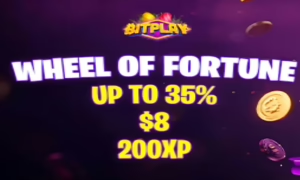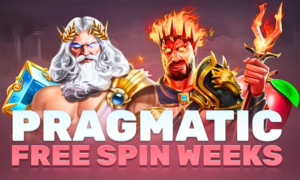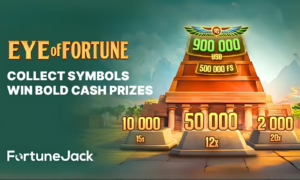Lazy minting refers to an NFT being created off-chain and only being minted onto a blockchain once the NFT has been purchased.
Lazy minting is a method of avoiding paying gas or other blockchain-specific minting fees prior to the non-fungible token (NFT) being purchased.
This is accomplished by the artist initially creating the NFT off-chain and setting the NFT to only mint at the exact moment that it is purchased.
Platforms such as OpenSea provide this service for their users.
The purpose of Lazy Minting is to allow users to create NFTs on their platforms so that the users will not incur a loss should their NFT fail to sell.
Minting is the process by which the media file is actually created into an NFT when it is encrypted onto a blockchain. Prior to this, it simply exists as a digital file that is stored on the platform on which it was created. So, while this does not incur a blockchain transaction fee for minting the token, this means that it also will not yet be encrypted on the blockchain. Rather, it is only at the moment that it is purchased that the NFT is minted on the blockchain platform.
Additionally, the blockchain that it is minted on is determined by the price settings applied by the creator at the time that they listed the NFT. Then, once the NFT is actually purchased for the stipulated cryptocurrency, at that moment it will be minted on the blockchain, and the minting fee will be deducted from the user’s profits. So, if the user selects Ether (ETH) as the mode of payment, then the NFT will be minted on the Ethereum blockchain when it is purchased.
So too, if Solana (SOL) is selected as the cryptocurrency, then it will be minted on the Solana blockchain when it is purchased, and so on. But the blockchain options vary between NFT marketplaces, so you should verify that a marketplace utilizes your blockchain of choice prior to choosing it to create your NFTs.







